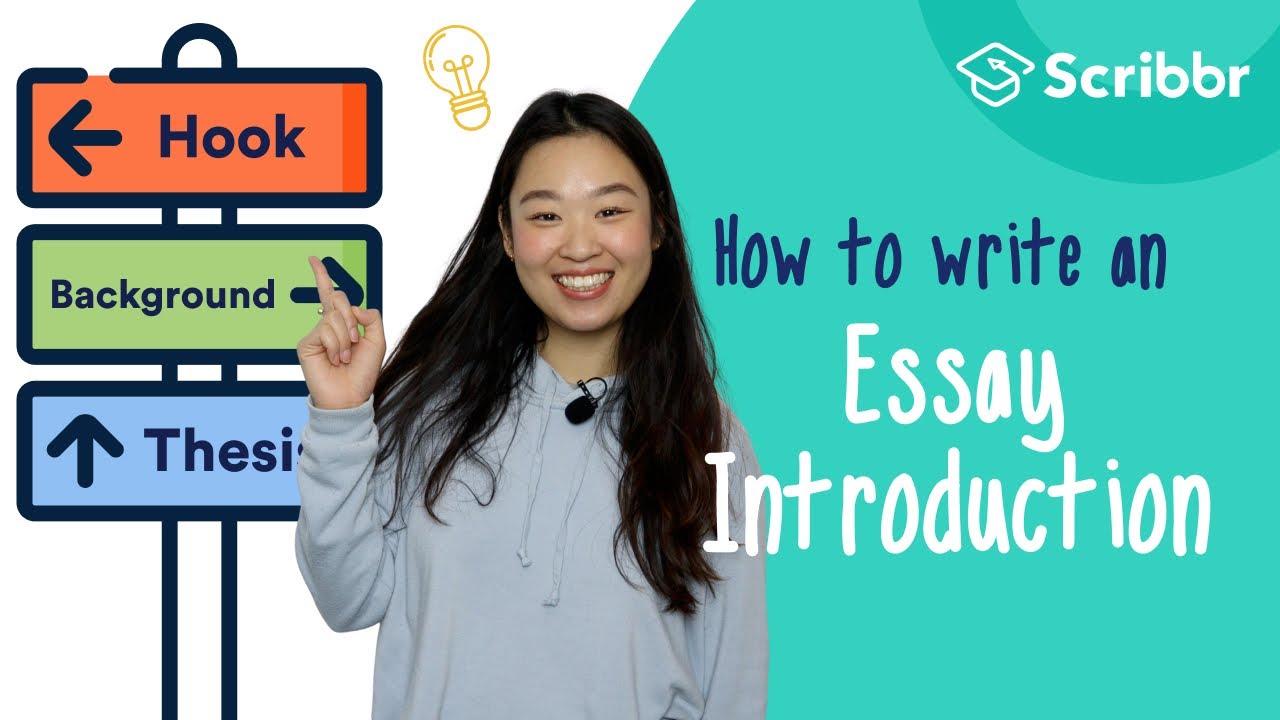As you begin your writing project, you should begin by reviewing the structure of an essay. Then, consider the parts that make up the Body and Conclusion of an essay, as well as the Thesis statement. This article will discuss the various components of an essay, and offer tips for developing your thesis statement. Continue reading to learn how to write an essay about a book. Here are some tips for essay structure:
Structure of an essay
An essay is a piece of writing that conveys a particular idea by using an argumentative approach. In this type of essay, the writer sets out to convince the reader of a particular point of view, elaborating on his or her position with examples and research. The main body of the essay should contain a mix of analysis and substance, which should be backed by textual evidence from primary sources.
The body of a typical essay will contain several types of information. Introductions and conclusions usually have specific places, while background material may appear in any place between the introduction and first analytical section. Sometimes, background material will be buried at the end of a paragraph. After introducing the book and describing the central idea, the conclusion should summarize and restate the main idea. For example, in an essay about a book, a conclusion might summarize the most important details of the book.
Thesis statement
To write an effective thesis statement for an essay about a book, you must make sure that it accurately summarizes the argument in the paper. It should also be a clear statement of your opinion, backed by credible evidence. In this way, readers can understand the overall structure of the text. The thesis statement will make or break the essay. Read on to discover more about the components of a thesis statement for an essay about a book.
You can also use supporting points to develop your thesis statement. For example, you could write: “I am a writer, so I must understand my subject.” This thesis statement would be similar to the one used in an essay about a book by Kate Chopin. It would explain how the writer reacted to the protagonist’s death in “Story of an Hour.” But instead of a definite theme, you could simply summarize the novel’s plot with supporting points.
Body paragraphs
The main purpose of a body paragraph is to support the thesis statement. Its main objective is to elaborate the concept, organize ideas, and provide examples to back up the main idea. For instance, the main claim in a book review essay must be supported by five to seven sentences that prove the point. Then, the closing paragraph should tie everything together by bringing the main points together. It’s important to use proper sentence structure to avoid jargon that is not necessary.
In addition, every paragraph should include a main point and follow-up information that proves or discountes the main idea. The main idea should come first in the paragraph. The information should support the main idea, as well as explain why it is correct. The body paragraphs should be structured so that all ideas are connected to one another. A transition, or change of focus, is critical to maintaining the momentum of the essay.
Transitions
As with all writing, there are two main types of transitions: logical and spatial. Logical transitions connect two ideas thematically, establishing that one idea follows from the other. Temporal transitions add a temporal dimension to the flow between ideas. Examples of temporal transitions include “after,” “to this side of,” and even “to the left.”
These transitions connect ideas and establish relationships between them, making them easier to understand. You can list a list of transitions and substitute them for repeated terms or sentences. These steps will help you vary your writing and improve the flow of ideas. While you’re writing, try to look at the beginning of each paragraph and ask, “How does this information connect?”

